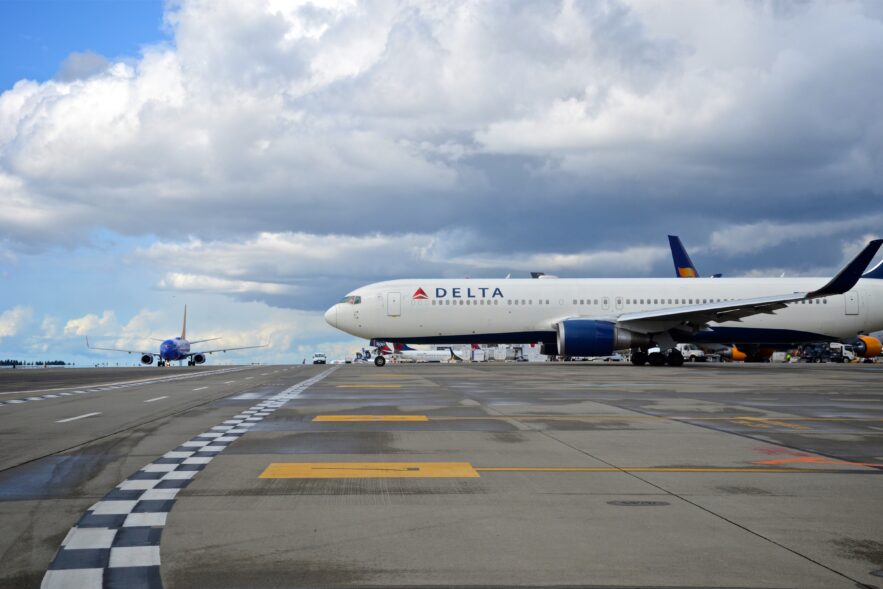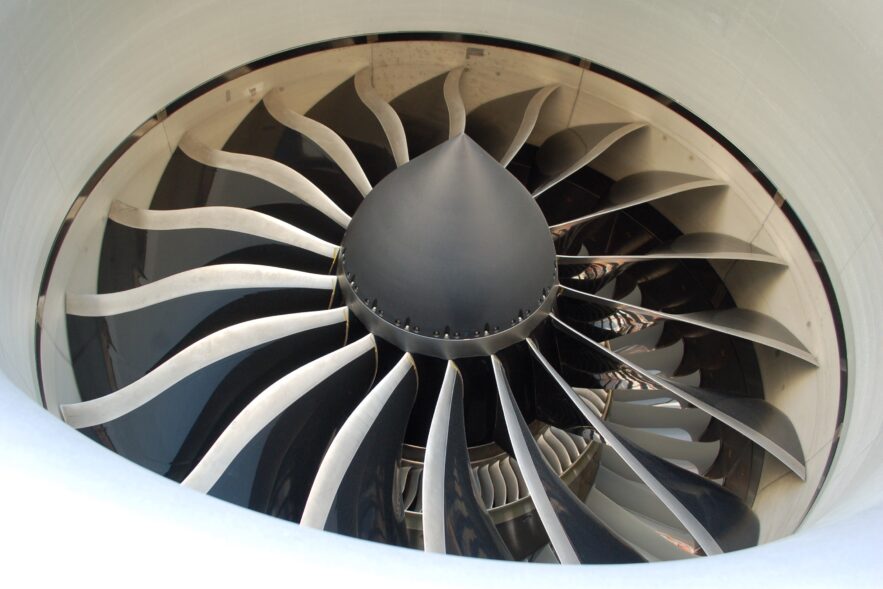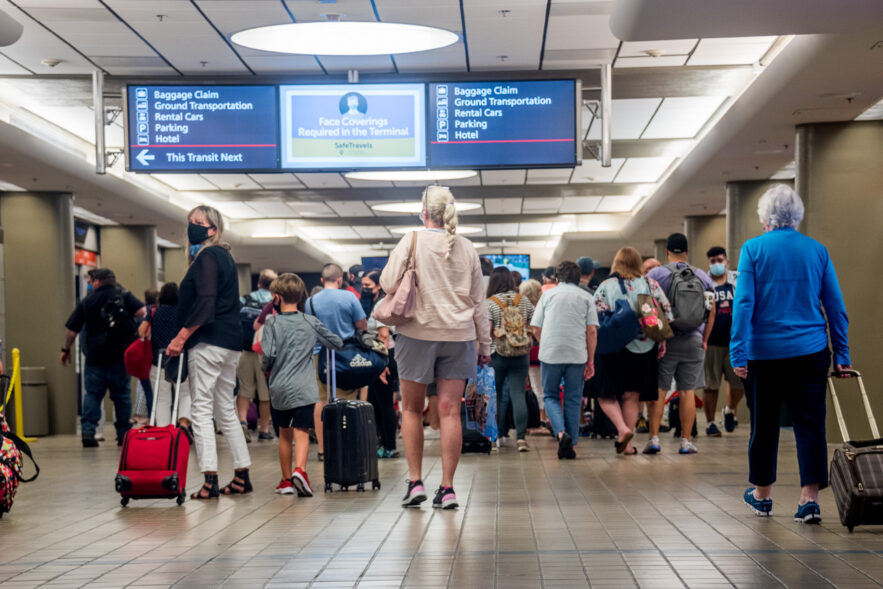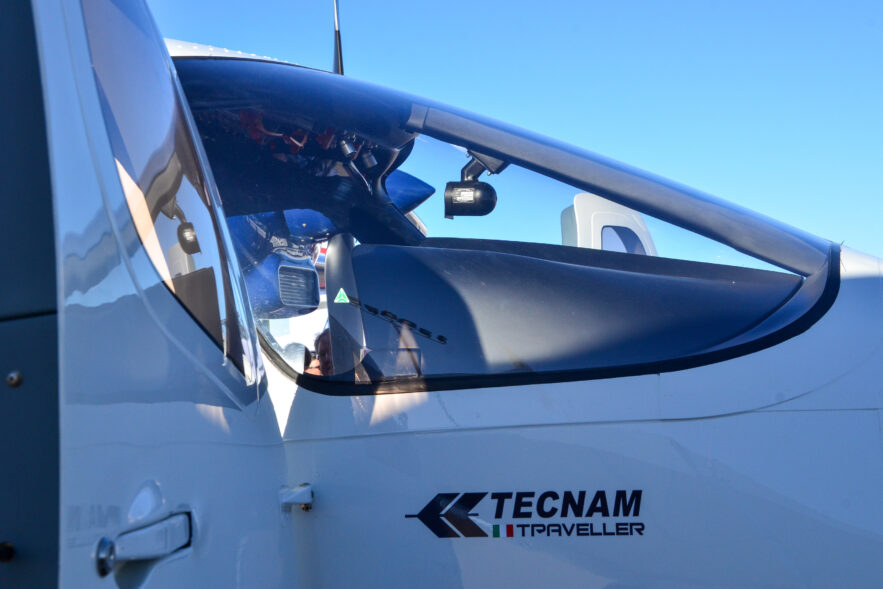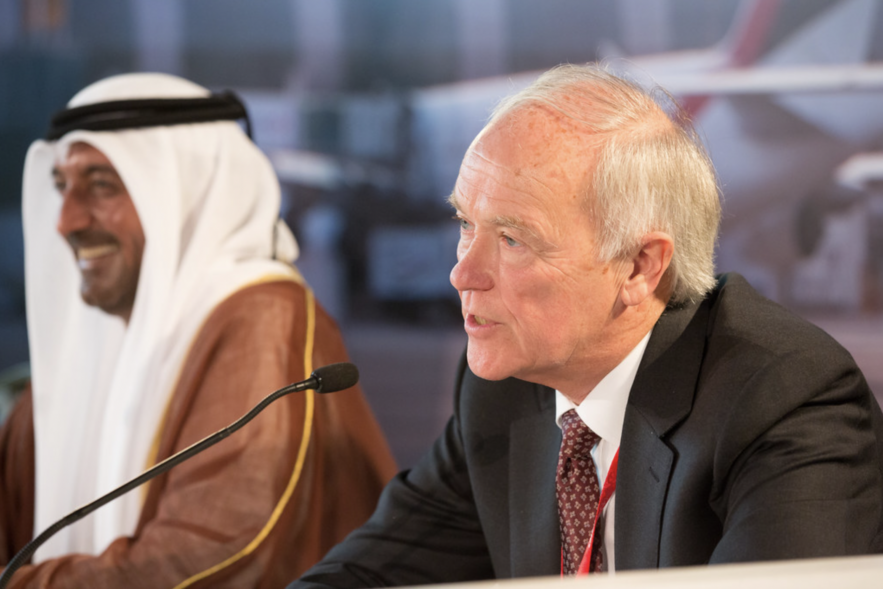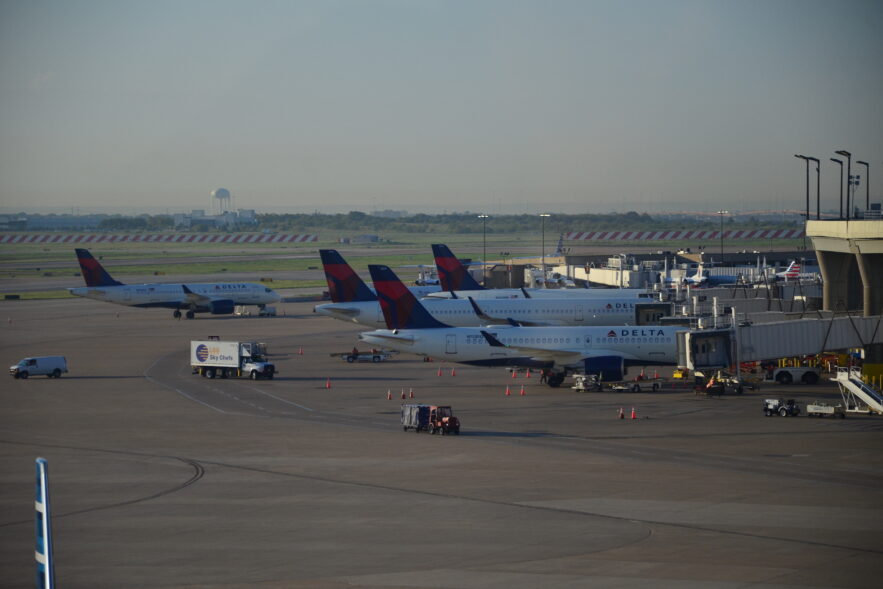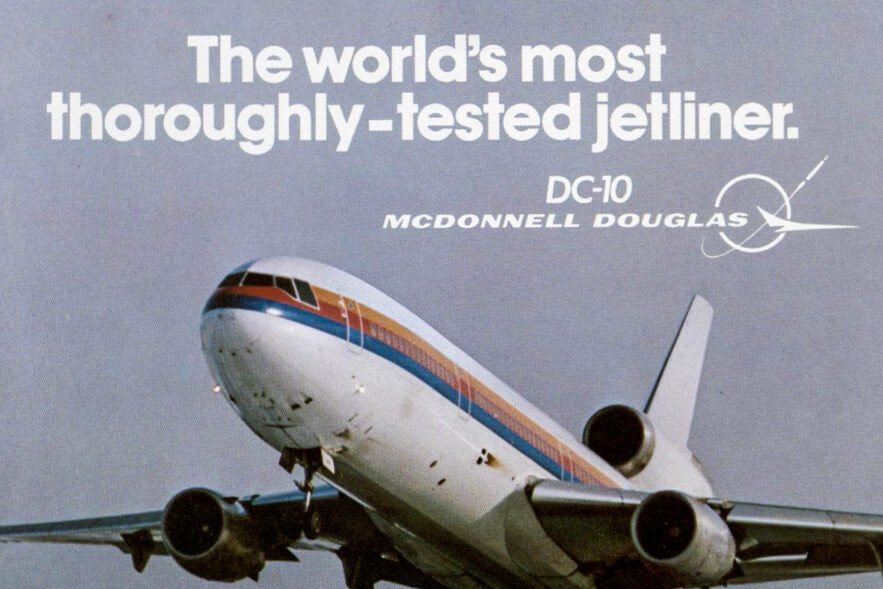The Air Current welcomes Courtney Miller as its new Managing Director of Analysis. Air travel is inherently a vector for...
Log-in here if you’re already a subscriber Release DateMarch 16, 2020Coronavirus plunges aviation into singular event, traditional recovery models uselessPurchase...
At 9:25 am on Tuesday, September 11, 2001, airplanes in the United States were ordered to stop flying. The rapid...
The first in a two-part series on the impact of the COVID-19 pandemic on the business of building commercial aircraft...
Airlines eagerly await a world where they only have to worry about the economy.
As COVID-19 mutates to continue its torment, aviation adapts right along with it.
Log-in here if you’re already a subscriber Release DateNovember 12, 2020Electric flying advances to the mainstream as Tecnam joins the...
Globalization, technology and crippling debt will shape the future of flying after COVID-19, says longtime Emirates airline president Sir Tim Clark.
The data shows a strong support of what was long expected to be true: Republican voters are currently more likely to return to the skies than their Democratic counterparts.
Airlines can’t get back to 2019 levels if they furlough staff and retire portions of their fleets. The expiration of the airline provisions in the U.S.’s CARES Act puts the industry’s recovery at risk as airlines decide whether to keep staff in the face of mounting losses.
To try to make sense of what comes next for Boeing and the 737 Max, and what to avoid, we need to look backward again at McDonnell Douglas and its DC-10.
Mandated COVID-19 testing for U.S. domestic travel would cost airlines billions, set recovery back to June levels.


